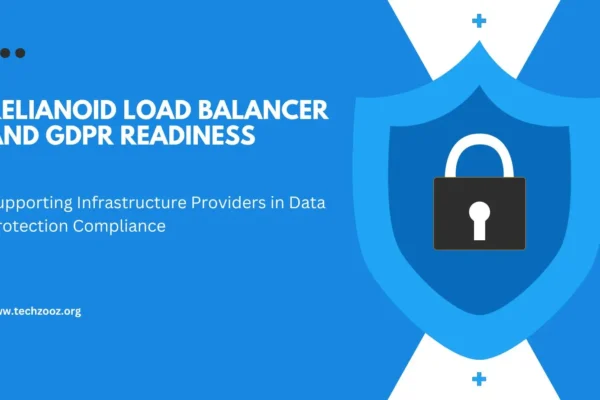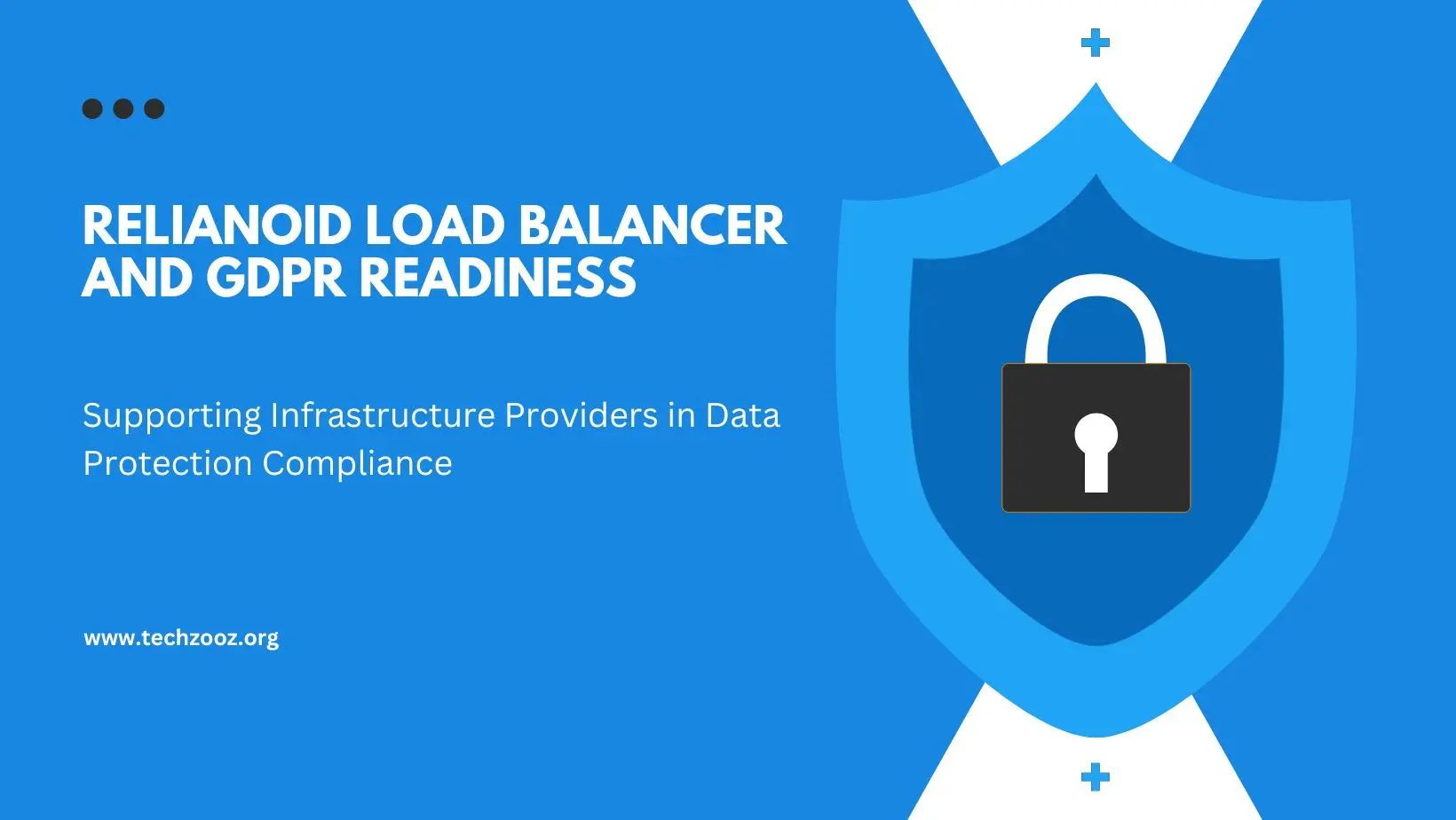
Top 10 Reasons To Learn AWS-2021
What is AWS (Amazon Web Services)?
AWS is a series of over a hundred cloud services that enable businesses to launch computing, database, storage, security, and other tools. This can then be used to build complete technology environments that assist companies in running software, cutting costs, and scaling up operations. All AWS features are available on a pay-as-you-go basis, which means you, the user, will be paid depending on the type and quantity of services you use.
 Amazon Web Services (AWS) is a cloud computing platform that allows users to build and launch services, some of which can be used to:
Amazon Web Services (AWS) is a cloud computing platform that allows users to build and launch services, some of which can be used to:
To host client-facing domains and internal software, run server-based databases on the cloud. All of your sensitive files and records should be securely stored on cloud resources so that you can access them from everywhere for backup files and emergency recovery.
To store data and run reports, create managed databases using common database management systems like MySQL, PostgreSQL, Oracle, or SQL Server.
Use AWS Kinesis, AWS QuickSight, and AWS Glue to perform rigorous data analytics.
TOP 10 REASONS TO LEARN AWS:

1. Application Programming Interface (API):
AWS APIs are available in a variety of programming languages and can be used to control the application with code. Other AWS applications, such as CloudRanger, Quintly, and Tango cards, assist consumers in launching new cases, performing backups, and using cost-cutting features. Consider Quintly, which provides social media analytics to the website, and CloudRangers, which is used by the providers to comprehend the visual.
2. Consistency & Reliability:
Among other cloud services, AWS is the most dependable and consistent. It offers consumers on-demand cloud hosting credits and pay-as-you-go perks, allowing them to conveniently create and maintain their websites on the platform. AWS reliability is one of the strongest selling points, as they must set up numerous server backups in various locations. To create a dependable application or website in AWS, you must first understand its compatibility models.
3. Global Architecture:
AWS has 46 availability areas and 18 regional regions when it comes to service availability. It is a world leader in cloud computing services and is well-known for its compatibility zones. Each area has its own set of availability zones and data centre’s. More available areas are in the works and will be accessible in the near future.
4. Flexibility & Scalability:
AWS platforms prioritize flexibility and scalability, and all of the services offered by this platform are both versatile and scalable. You will auto-scale these services based on your requirements. Scalability enables consumers to automatically increase or decrease resource capability based on their needs. Flexibility, on the other hand, allows firms to scale up and down according to their needs. You can start and end any operation in these situations at any moment.
5. Scheduling:
AWS clients have the option of scheduling their services, which allows them to start and end them at any moment. You have the complete power of your resources, must pay for the services you need, and can operate the service at a specific time. It creates instance schedulers for customer convenience, allowing them to arrange their services according to their requirements. Consider the case of scheduling services such as Elastic Compute Cloud (EC2) and Relational Database Service (RDS).
6. Pricing:
The cost of learning AWS is a huge consideration. If we will see, AWS uses two pricing models: one is a pay-as-you-go model, and the other is a subscription model. In this pricing strategy, you should get flexible pricing plans and only pay for the facilities you need. In AWS, there are no hidden fees or deactivation fees.
7. PaaS Offerings:
Paas refers to a group of cloud infrastructure providers that have a network. It’s a collection of resources and services aimed at making coding and application deployment more effective. AWS is a massively elastic service that replicates related approaches of finished backup, archive, data warehousing, transcoding, routing, infrastructure maintenance, device management, and storage facilities.
8. Customization:
AWS is well-known around the world for its personalized services. It offers a high degree of service customization to customers in order to meet the needs of companies and organizations. There are a variety of customization solutions available, such as customer-defined tagging, which enables consumers to efficiently manage unique resources.
9. Security:
Customers should rely on AWS for the latest data protection and security services. It offers robust monitoring assistance for irregular activity and bugs, whether you are running a small business or a big corporation. They don’t charge extra for authentication features like IAM (Identity and Access Management), which assists consumers in authenticating the tools they need.
10. Recovery:
To prevent any business losses, every company requires a data backup. Amazon Web Services offers a variety of cloud-based backup solutions for data recovery. The user has the authority to reclaim their data and IT technology for these solutions. If one of the servers experiences an error, it will be able to recover.
Conclusion:
Is AWS the right direction for you to learning? That is dependent on the type of career you choose to pursue. Once you’ve decided to go for the cloud, obtaining AWS qualifications and certifications is the perfect way to get started and increase your employability.









